Archives
- 2025-12
- 2025-11
- 2025-10
- 2025-09
- 2025-03
- 2025-02
- 2025-01
- 2024-12
- 2024-11
- 2024-10
- 2024-09
- 2024-08
- 2024-07
- 2024-06
- 2024-05
- 2024-04
- 2024-03
- 2024-02
- 2024-01
- 2023-12
- 2023-11
- 2023-10
- 2023-09
- 2023-08
- 2023-07
- 2023-06
- 2023-05
- 2023-04
- 2023-03
- 2023-02
- 2023-01
- 2022-12
- 2022-11
- 2022-10
- 2022-09
- 2022-08
- 2022-07
- 2022-06
- 2022-05
- 2022-04
- 2022-03
- 2022-02
- 2022-01
- 2021-12
- 2021-11
- 2021-10
- 2021-09
- 2021-08
- 2021-07
- 2021-06
- 2021-05
- 2021-04
- 2021-03
- 2021-02
- 2021-01
- 2020-12
- 2020-11
- 2020-10
- 2020-09
- 2020-08
- 2020-07
- 2020-06
- 2020-05
- 2020-04
- 2020-03
- 2020-02
- 2020-01
- 2019-12
- 2019-11
- 2019-10
- 2019-09
- 2019-08
- 2019-07
- 2018-07
-
br Acknowledgments This work was
2021-07-30
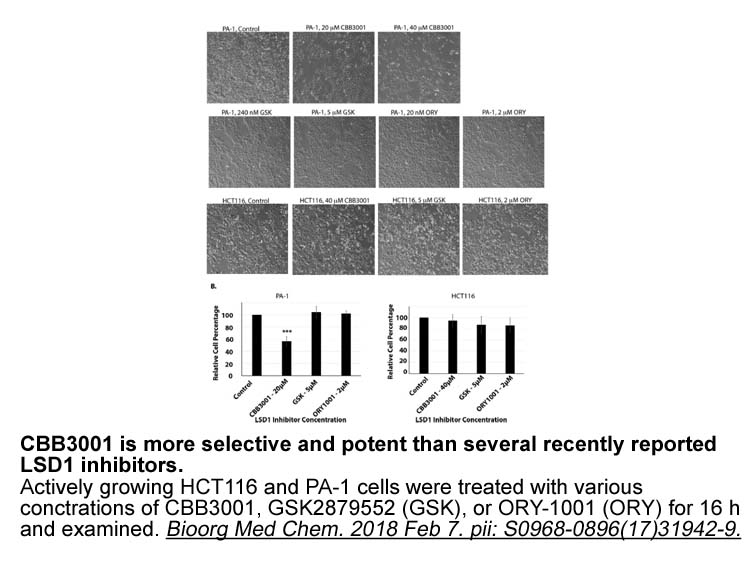
Acknowledgments This work was supported by Natural Science Foundation of China (No: 81501485). We are particularly grateful to Dr. Dan Yang and Dr. Yi Zhang for their assistance and facilities in helping this experiment and manuscript. Oral squamous cell carcinoma (OSCC), the most common malig
-
Additionally of outmost important is the location of the
2021-07-30
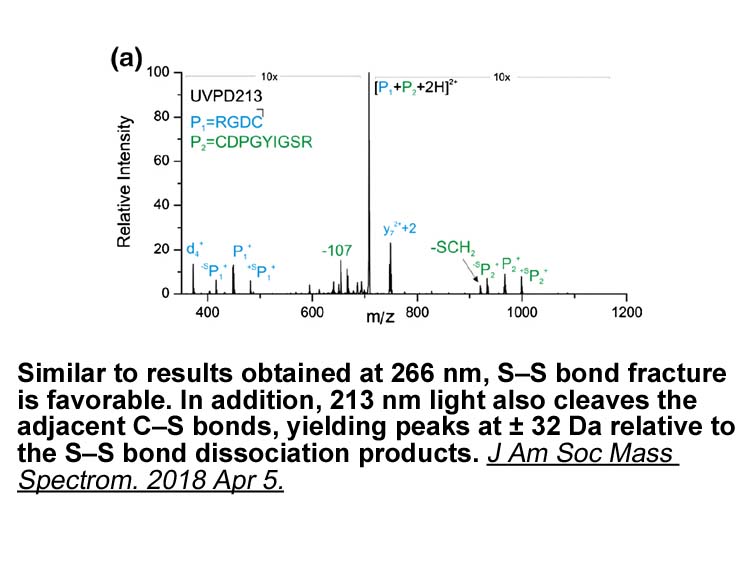
Additionally, of outmost important is the location of the different CpG islands in relation to the transcription starting site (TSS) of the promoter as well as their interaction with transcription activators or repressors. It has been shown that methylation at the downstream region of the TSS in the
-
It would be very useful if unphosphorylated
2021-07-29

It would be very useful if unphosphorylated CK1s could be prepared using an E. coli expression system without the troublesome in vitro phosphatase treatment. So far, it has been shown that coexpressed λPPase, a Mn2+-dependent protein phosphatase that can dephosphorylate phospho-Ser/Thr/Tyr [20,21],
-
Namely the NOESY cross peaks between
2021-07-29
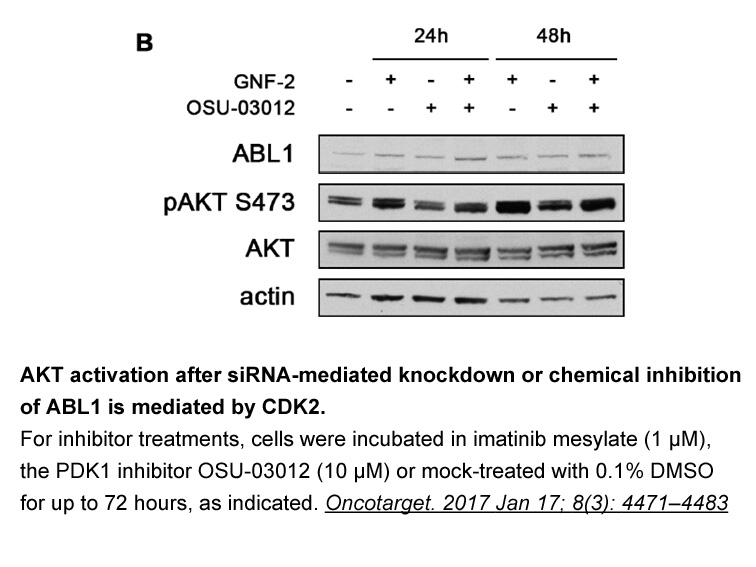
Namely, the NOESY cross-peaks between H-7″ methylene protons ( 4.01 and 4.16) with H-6′ ( 6.76) revealed that H-2 and OH-3 are -orientated, which indicated that the relative configuration of the C2 and C3 substituents as . For the -isomers, the thermodynamically more stable conformation is when H-2
-
The nucleus accumbens is a critical locus for ER
2021-07-29
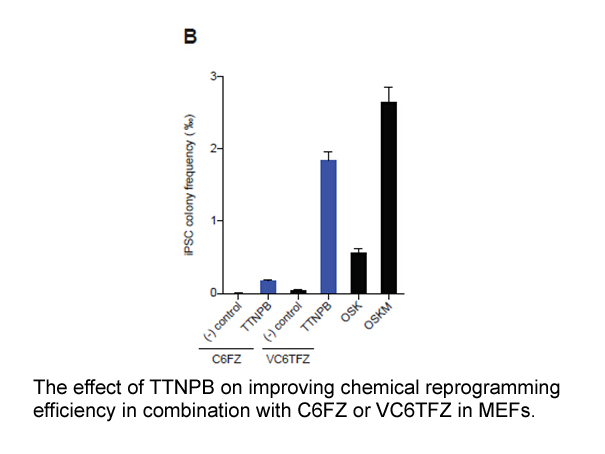
The nucleus accumbens is a critical locus for ER/mGluR signaling in the context of addiction ER/mGluR signaling is regulated by caveolin proteins and palmitoylation Because of the vast implications of ER/mGluR association, it is important to understand what regulates their interaction. Such regu
-
The H E staining and Nissl staining results
2021-07-29
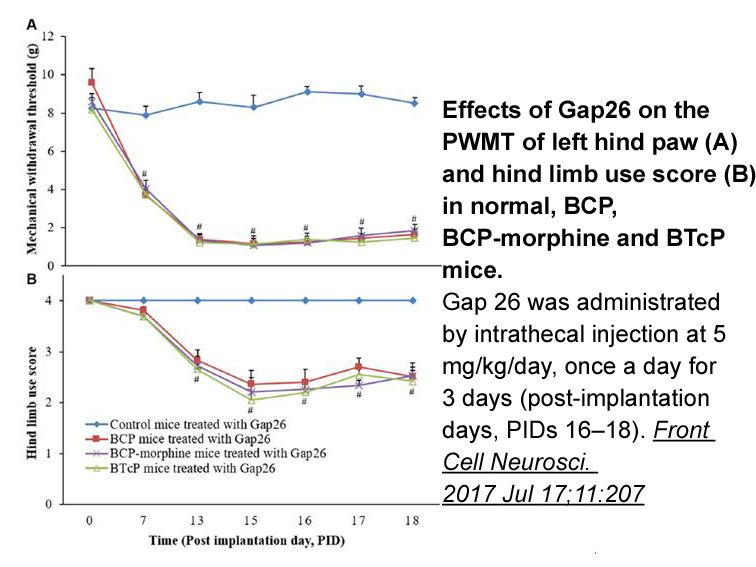
The H&E staining and Nissl staining results showed that damage to the pyramidal neurons in the CA1 and CA3 regions of the hippocampus were observed in the 50 mg/kg/day DBP group, accompanied by an absence of Nissl bodies, suggesting that DBP exposure can lead to pathological changes in the neurons o
-
The interaction of EPAC with Rim has an
2021-07-29
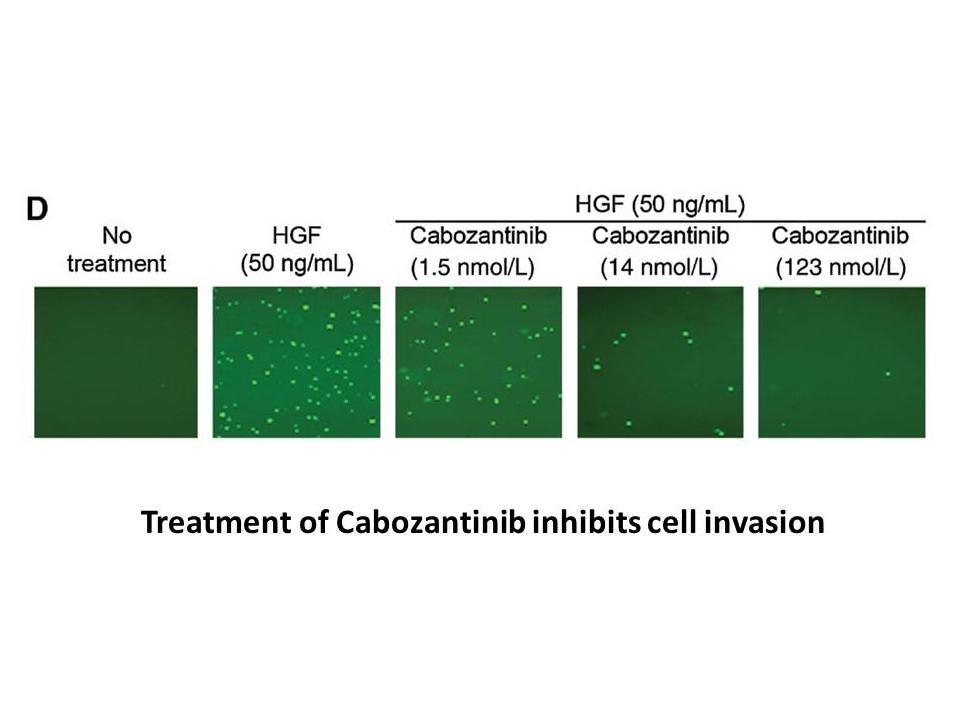
The interaction of EPAC2 with Rim1 has an important role in regulating neurotransmitter release. In addition, a recent EPAC2 knockout mice model study provides evidence that EPAC2 promotes transmitter release by maintaining the readily releasable pool (RRP) at mossy fiber (MF) synapses in the hippoc
-
In some cases more than one
2021-07-29
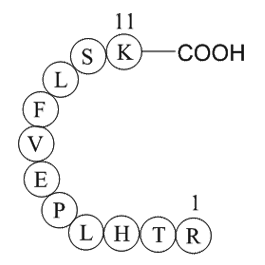
In some cases, more than one CYP450 enzyme may be involved in the metabolism of a drug, and an Eadie–Hofstee plot is usually more reliable for assessing the involvement of multiple Metronidazole australia (Bu, 2006). Therefore, we first plotted the Eadie–Hofstee curves and observed their shape to de
-
rifampicin australia The identification of CCR B cells
2021-07-29
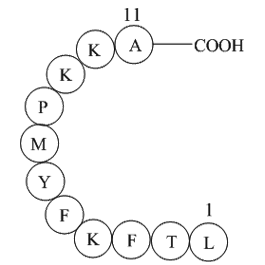
The identification of CCR6+ rifampicin australia within the LZ as direct progenitors of MBCs provides a new window into the evolution of immune responses. In practical terms, flow-cytometric detection of CCR6+ GC B cells could provide a means of rapidly assessing vaccine efficacy when applied to fi
-
Ubiquitination can occur on a single monoubiquitination
2021-07-29
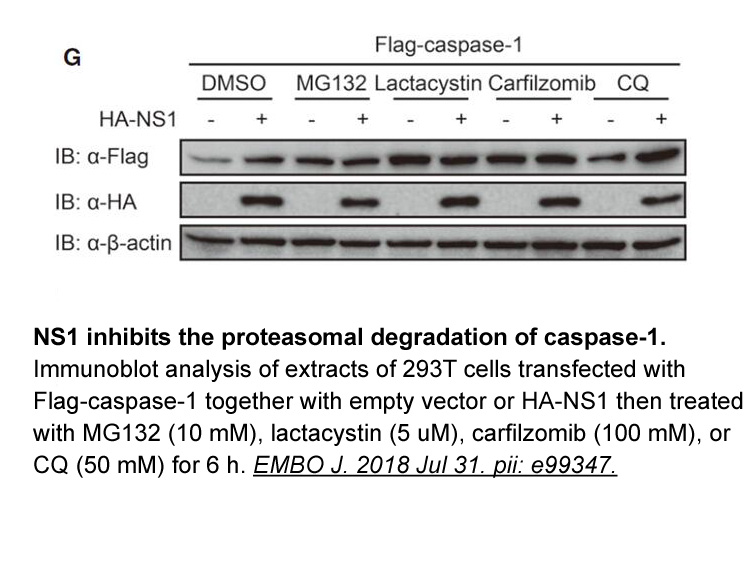
Ubiquitination can occur on a single (monoubiquitination) or several (multiubiquitination) lysine residues, or the same lysine residue can be subjected to several rounds of Ub conjugation (polyubiquitination). Ub bonds within polyUb chains are formed through 1 of 7 lysine residues in Ub, and the typ
-
In contrast to SQLE HMGCR could be efficiently degraded in
2021-07-29
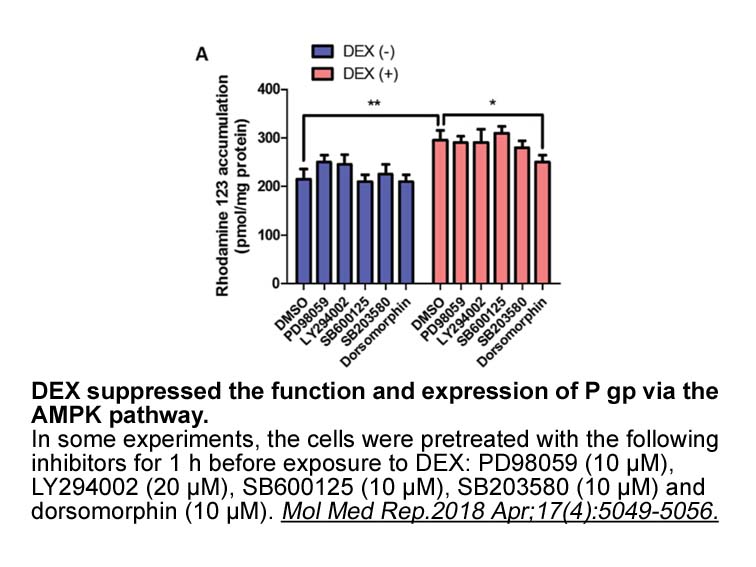
In contrast to SQLE, HMGCR could be efficiently degraded in IGF-1, human recombinant lacking UBE2J2. However, this was not the case in cells devoid of UBE2G2, as these cells were unable to support 25-hydroxycholesterol (25-HC)-stimulated degradation of HMGCR (Fig. 1C). This finding is consistent wit
-
BRCC is the catalytic subunit responsible for the
2021-07-29
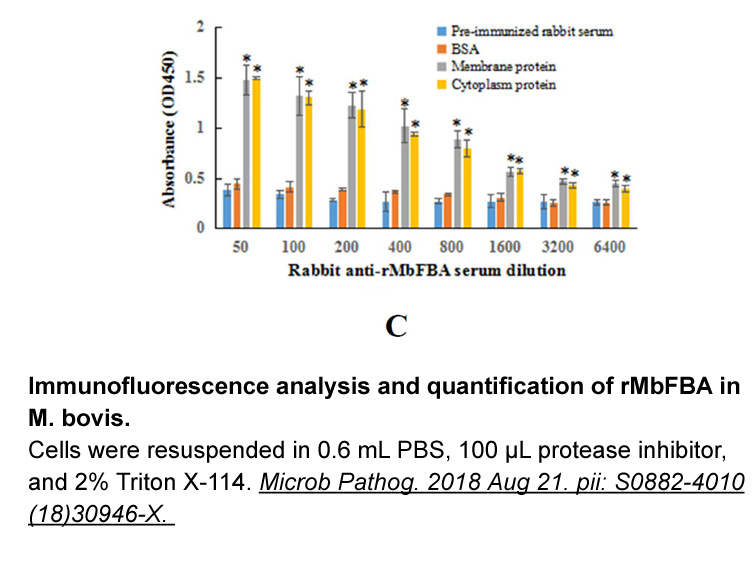
BRCC36 is the catalytic subunit responsible for the majority of K63-Ub-specific DUB activity in the cytoplasm and in the nucleus as part of two distinct macromolecular assemblies characterized by the presence of either of the MPN– pseudo DUB proteins KIAA0157 or Abraxas (Cooper et al., 2009, Dong et
-
Oxidation of N hydroxyguanidine by DbH
2021-07-29
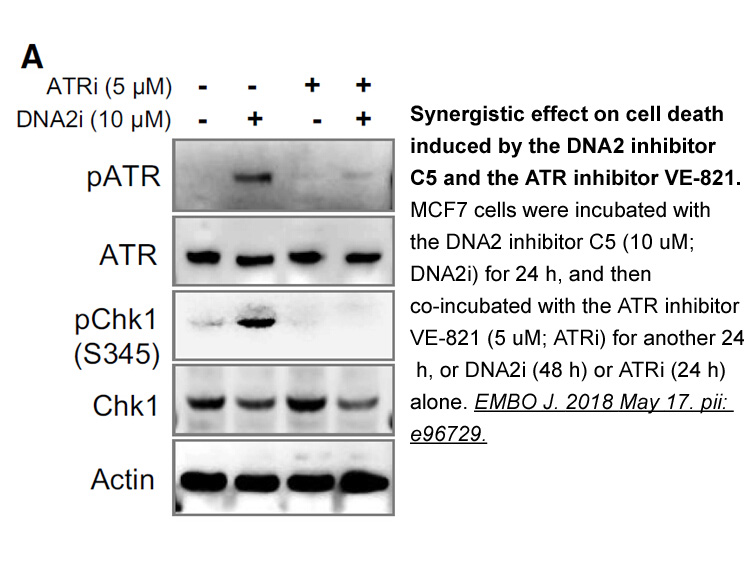
Oxidation of N-hydroxyguanidine 1 by DbH was studied by HPLC and some oxidation products for 1 could be characterized. The compounds generally observed with iron-containing systems are 4-methoxyphenylurea 11 and 4-methoxyphenylcyanamide 12 (Fig. 2). Oxidation of N-(4-chlorophenyl)-N′-hydroxyguanidin
-
ASC was reported as a potent antiviral and antifungal agent
2021-07-29
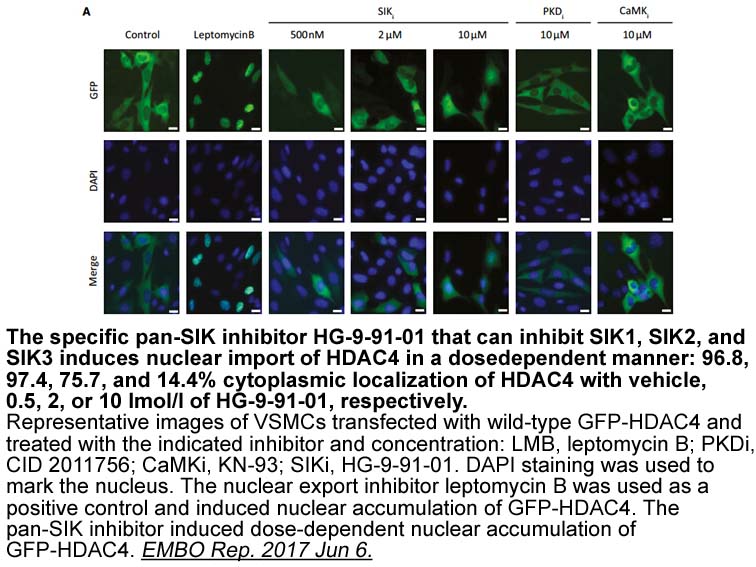
ASC was reported as a potent antiviral and antifungal agent, and its derivatives could modulate a variety of physiological activities, such as anti-tumor, anti-metastatic, and anti-diabetic activities in animals. Mie Tsuruga et al. found that 4-o-methylascochlorin had immunosuppressive activity, but
-
Collagen compaction and alignment are generated
2021-07-29

Collagen compaction and alignment are generated by cell-mediated contractile forces (Stopak and Harris, 1982). The transmission of actomyosin forces to collagen has been mainly attributed to integrins and the activation of the Rho-ROCK pathway (Clark et al., 2007, Kural and Billiar, 2013, Provenzano
15312 records 632/1021 page Previous Next First page 上5页 631632633634635 下5页 Last page